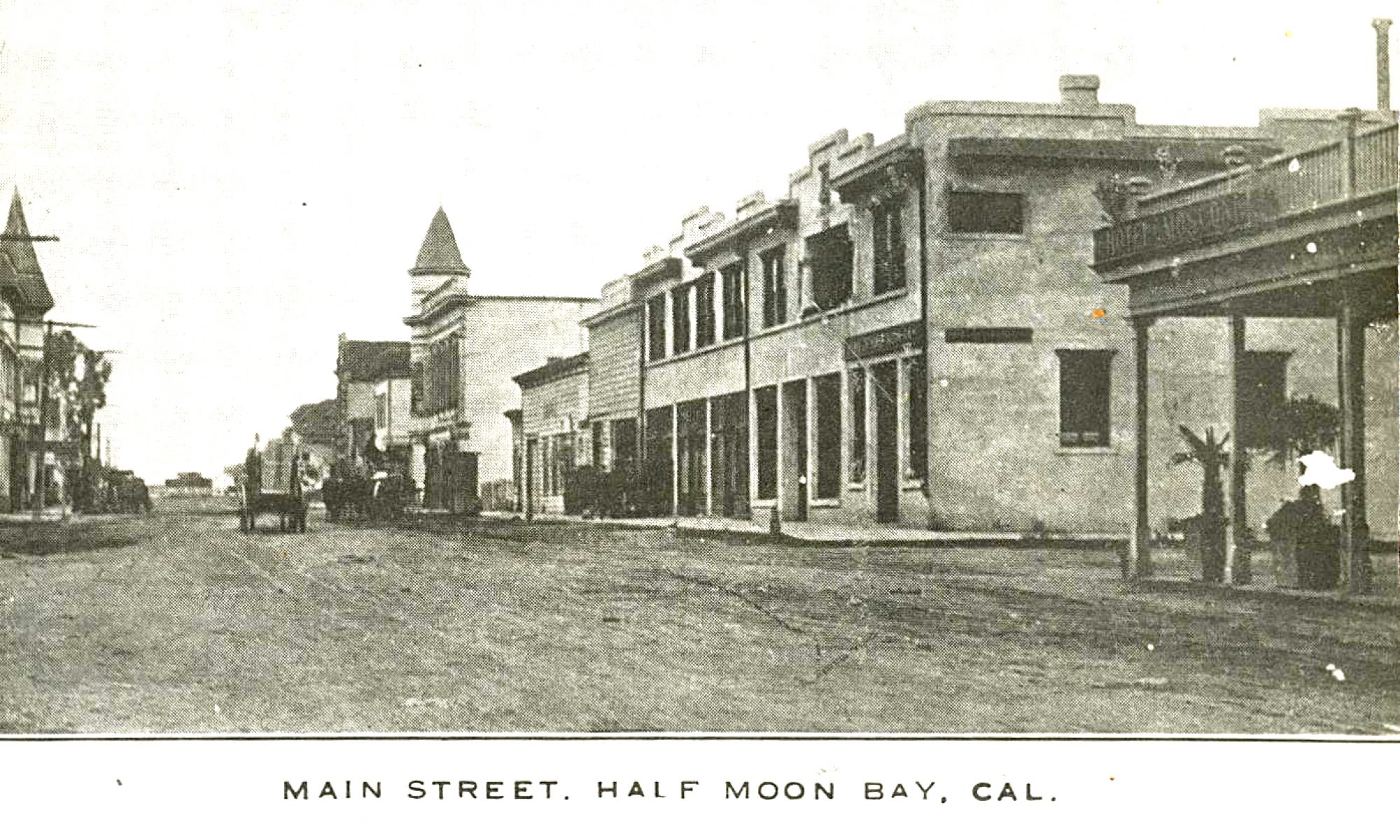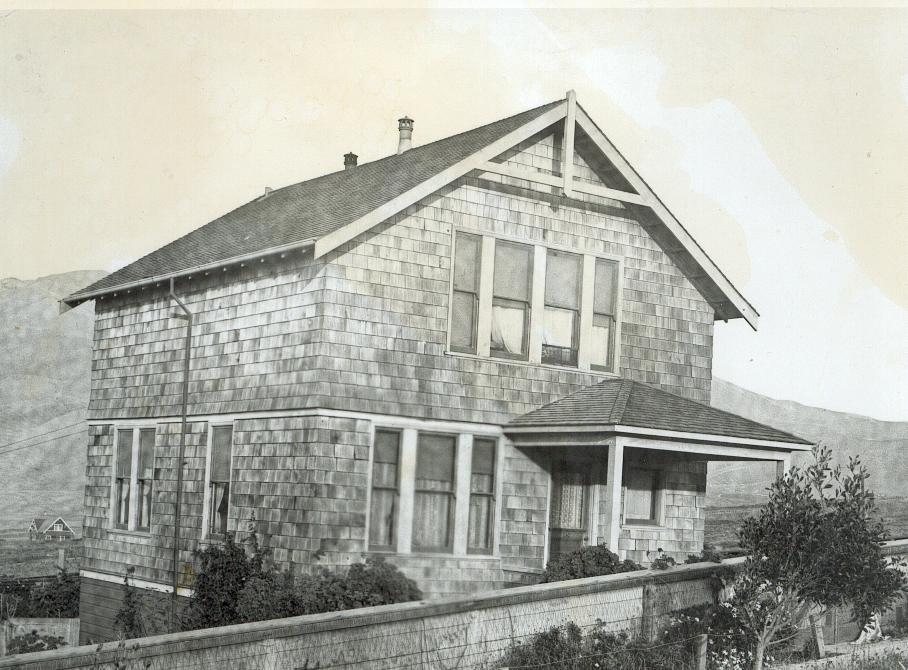Here’s a handout from the Songwriter’s Stage–wonder what happened to Grant Baldwin…?


Created by June Morrall
For me beauty is the freedom to see and feel. Some people see beauty in rows of houses. I often see beauty when my eye[sight] is not stopped by something solid.
However, in big cities, I do enjoy the beauty of looking at solid things, standing shoulder-to-shoulder, at different heights.
Rain-slicked streets, bordered by a solid line of homes, can feel lovely when one seeks the freedom of melancholy.
This is how Pete Douglas explained it to me in 1979–
“There was another spontaneous party going on. We were playing jazz and some of the people who visited were engineers from some of the electronic outfits down the Peninsula. And they got hold of this dynamite–and so like the boys they were, they have to try it out. I didn’t pay much attention to their interest in the dynamite. I was partying and dancing. So they disappeared on the beach. Fortunately they didn’t do it right in front of the house.
“And like I often do, after running the record player a little energetically, I wanted something a little laid back. I had classical records. I put on the Bach Brandenburg Concerto as a kind of relief from this jazz. We were feeling happy and continued to dance to Bach. Nothing is more powerful than Bach. Bach is very dramatic. When I heard the dynamite go off it sounded slightly muffled. But it reverberated very big down in Half Moon Bay–but the sheriff never go on to it….
“Bob Swift, the local science teacher, coined the phrase, Bach Dancing & Dynamite Society.”
Ocean Shore Railroad at Montara in the early 20th century
 Photo: Marjorie Borda
Photo: Marjorie Borda
Marjorie Borda, who sent me this photo, was born in the “Wheeler House” in Montara in 1912. Her father, Willard B. Scott, worked for the Ocean Shore Railroad as a “telegrapher”, first at Montara, later at remote Tunitas Creek where she recalled artichokes as the main local crop.
[Image below: The “Wheeler House” in Montara.]

What most astonished Pete Douglas was the appearance of artist Michael McCracken with his entourage in tow. McCracken, who resembled 1950s actor Douglas Fairbanks, Jr., ws well known on the beat scene in San Francisco. Pete says that for awhile McCracken was “the beat leader in Princeton…along with these legendary characters right out of the book ‘On The Road.’ When these characters traveled down Highway 1, “they fell in at Princeton. He (McCracken) was what you’d call hard core on the scene…”
McCracken’s “scene” was at Princeton’s Abalone Factory, an old wood frame plant that once had processed fresh abalone. McCracken painted abstract floor-to-ceiling murals and lived there with his fellow free spirit friends. Also sharing the cramped space were goats that clomped across the floor and exotic birds that swooped and flew through the air.
Pete Douglas says that he was carefully watched by the paranoid McCracken who “suspected me because I was employed. That was enough right there. As a probation officer, that was even worse.”
On that hot Sunday afternoon–while Michael McCracken and friends romped and rolled in the weeds that grew in front of the Ebb Tide Cafe and the Brazilian soundtrack from Black Orpheus blasted in the background–someone arrived with the svelte Miss San Mateo, a beauty whom Pete says became Karen Black, the well known movie star. He remembered her wearing the kind of bathing attire suitable for a beauty competition, “out of character with the raunchy scene, posing on the picnic table.”
Into the mix, the sociology teacher arrived, his troop of open-eyed students trailing behind him.
“They arrive,” mused Pete, “with these cases of beer. Finally we coaxed them in, and they were foolish enough to start bringing in their beer–which never even reached the front door.”
By then the scene had become what Douglas defines as “a hard party. Carrying on. Arguing. It was going on indoors and outdoors everywhere. There were even people on the roof.” Pete had never seen such a “totally involved party” in his life, “in which there weren’t passive spectators. They were oblivious to anything going on.”
They were oblivious even to the cars accumulating on unpaved, rocky Mirada Road–cars that moved slower and slower, finally grinding to a halt.
Gridlock.
“One of my tricks was to go out and direct traffic,” laughed Douglas. But his gallant efforts were hopeless. “By now I’m dancing and I look out and I see we were ringed. There was a crowd just standing there and watching us.” He says some of those watching were people who had abandoned their vehicles. What else was there to do but join the party?
And how did the party end?
Pete Douglas told me that he doesn’t remember.
But it was the end of a decade–and, in a way, the end of innocence. The horror of the Vietnam War loomed in the future–and the “beats” of the 1950s would usher in their socially committed brothers and sisters of the 60s.
End
Armed with a sociology degree from UC Santa Barbara, Pete Douglas set out to create what he called “a spontaneous scene” at the Ebb Tide Cafe at Miramar Beach–(today the home of a reborn Ebb Tide Cafe and the longtime location of the Bach Dancing & Dynamite Society).
Surrounding the Ebb Tide was a knee-high fence and within it a picnic table. On weekends Pete dangled the speakers of his hi-fi out the windows–and played big, round 78 rpm records like the lush soundtrack to the hit movie “Black Orpheus”.
“And,” Pete told me, “I used to sit out there in my captain’s hat and occasionally wave in some interesting people driving by. I didn’t have any money–I had to create my own social scene. Where else could be better than Miramar Beach?”
People were everywhere on that very warm fall Sunday in 1959 and Pete Douglas recalls it as a magical day. Here was the Beat Generation, fictionalized in books, creating the real thing on our beautiful Coastside.
On the other side of the hill, on the Peninsula, the temperature had soared and thousands of people hopped into their cars and headed for what they expected to be the air-conditioned Coastside.
They were disappointed: Instead of relief, the stream of vehicles caused what was then a rare occurrence–a major traffic jam on Highways 1 and 92. Some of the more adventurous drivers glimpsed the odd assortment of people “cavorting and pirouetting” on Mirada Road and veered toward the beach.
….To be Continued…
 Photo: For years Ron Swinnert was a familiar face at the Bach Society.
Photo: For years Ron Swinnert was a familiar face at the Bach Society.
This is an email. It is intended to be used only as an email and not
for any other purpose. Any use of this email for purposes other than
the intended purpose shall constitute a misuse of this email and may
subject the offender to penalties described in circular E-307.
If you receive this email in error you should notify your email
provider, the sender, the intended recipient and your local
Postmaster. There is no requirement to notify the NSA because they
have already received a copy of this email.
If you do not receive this email, you should report that fact to your
local Postmaster, your webmaster, if any, and MasterCard International.
If you are the intended recipient, and if you are pure in spirit and
mind, you may read it, but if your security clearance is below
“Destroy Before Reading” you are not allowed to remember the contents.
If you find the contents of this email offensive, you are not allowed
to open it.
There are many more pertinent regulations, but we are only allowed to
spend 45 seconds on each customer. You are therefore referred to Circular 308.
Have a pleasant day.
The Management
aka Anonymous